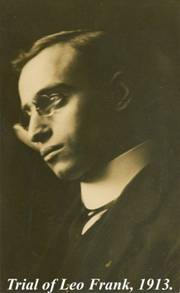
Primary Sources
Leo M. Frank Georgia Supreme Court Case File Online: Contained within the massive 1,800-page Georgia Supreme Court Leo M. Frank archive of original legal documents is the 318-page Brief of Evidence: Read the Brief of Evidence, Leo M. Frank, Plaintiff in Error, vs. State of Georgia, Defendant in Error. In Error from Fulton Superior Court at the July Term 1913. The Brief of Evidence was ratified by the Leo M. Frank Defense Team, the Georgia State Prosecution Team, and affirmed by Judge Leonard S. Roan. The graphical images are high-resolution black-and-white photos.
Also See: The Internet Archive copy of Leo M. Frank, Plaintiff in Error, vs. State of Georgia, Defendant in Error. In Error from Fulton Superior Court at the July Term 1913. Brief of Evidence 1913, 318 pages. This version is in Adobe Acrobat PDF format. Download the reader at www.adobe.com.
August 1913
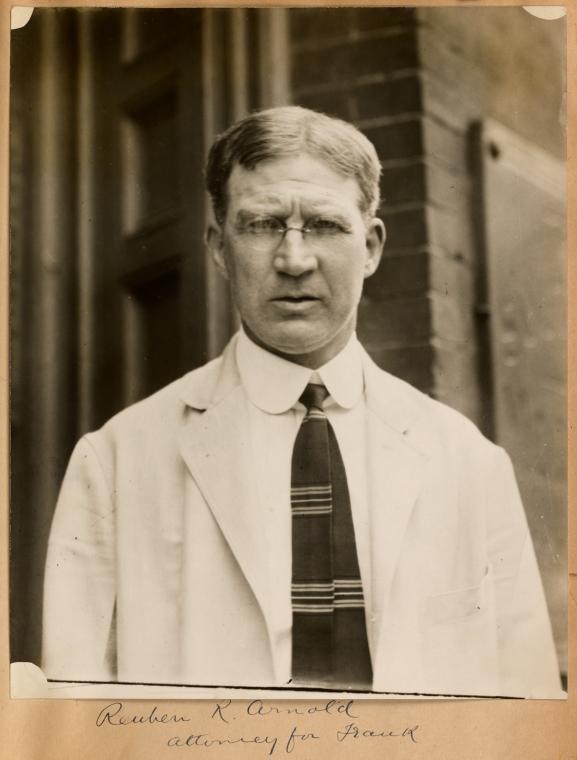
Reuben Arnold, October 1913
Argument of Reuben Rose Arnold at the Trial of Leo M. Frank, October 1913 Introduction by Alvin V. Sellers. Classic Publishing Co., Baxley, GA. Copyright, 1915 by Alvin V. Sellers and The Trow Press, New York. Booklet format, 69 pages and published in 1915. Original booklets are extremely rare and difficult to find in superior condition. Scanned and brought to you by the Leo Frank Research Archive (www.LeoFrank.org) and available on www.archive.org in Adobe PDF. A review of the Final Trial Statement concerning the Leo Frank Trial by Reuben Rose Arnold can be found on Internet Archive.

1915
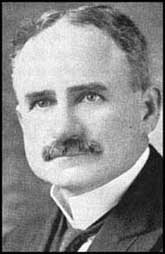
Connolly is remembered in particular for his reporting on the case of Leo Frank; he wrote The “Truth” About The Leo Frank Case (1915). “I feel satisfied that the US Supreme Court will be moved to give us some relief,” Frank wrote on January 4, 1915, in a series of letters he wrote to Connolly. “I receive a great deal of mail and many of the writers compliment your articles in Collier’s (C.P. Connolly, Wikipedia, 2011).
American State Trials Volume Ten, Published in 1918
American State Trials 1918, Volume X. The introduction tends to side with Leo M. Frank, followed by an extremely abridged version of the trial testimony, the four closing arguments, the appeals, and the lynching.
American State Trials Volume X published in 1918 is one of the most important reads on the Leo M. Frank trial and appeals (1913 to 1915) because it contains the elusive closing arguments of the two main prosecutors, Solicitor General Hugh M. Dorsey and special Assistant Solicitor Frank Arthur Hooper, and the two main defense lawyers, Chief of Council Luther Zeigler Rosser and Reuben Rose Arnold. Be sure to read the closing arguments and the trial aftermath.
1929
The Mystery of the Pencil Factory by Sidney Sutherland, published in 1929. Despite its mistakes and errors, it is a good read and takes the side of Leo M. Frank.
1947
Rascoe, Burton, The Case of Leo Frank: A Factual Review of One of the Most Sensational Murder Cases in Court Annals, Girard, KS, Haldemann-Julius, 1947: http://www.archive.org/details/TheCaseOfLeoFrank.
1952
Guilty or Not Guilty. An Account of the Trial of the Leo Frank Case By Francis Xavier Busch. In the conclusion of this book on the chapter about Leo M. Frank, it suggests the verdict could have easily gone either way.
1956
Obit: Charles Samuels, 79; Journalist, Biographer
Charles Samuels, the journalist and biographer of Clark Gable, Tex Rickard, Ethel Waters and other celebrities, died April 27 in Cuernavaca, Mexico, where he had lived in retirement for the last several years. He was 79 years old.
Samuels, Charles and Louise. 1956. Night Fell on Georgia.
1960s
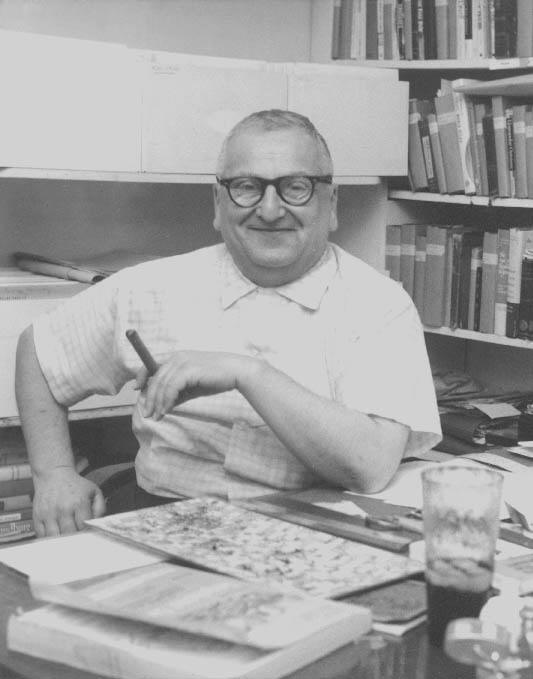
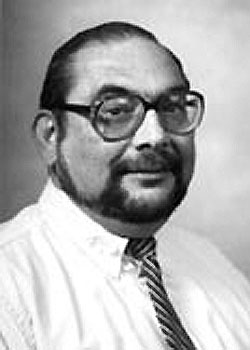
1987: The Murder of Mary Phagan
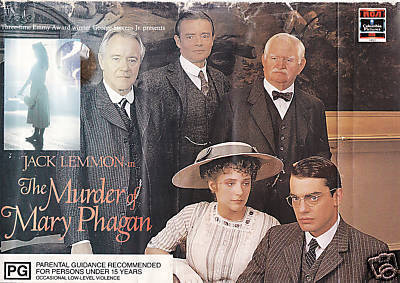
The Murder of Mary Phagan w/ Jack Lemmon 1987 is available on Ebay.com and Amazon.com.
This fictionalized miniseries drama achieves many things. First, the miniseries idealizes the pedophile, rapist, and murderer Leo Frank as a frustrated man swept into a vast twilight zone injustice. Second, the miniseries smears Dorsey as an admitted anti-Semite (also suggesting Dorsey would marry a ninety-year-old shrunken great grandmother and widow for fifty extra votes). Third, the miniseries smears Southerners and makes a mockery of the facts in the Leo Frank case.
Lucille Selig, who became Leo Frank’s wife in real life in the fall of 1910, is presented in the miniseries as sultry, feminine, tall, pretty, and thin (look at the image above), the exact opposite of what she really looked like (below) in 1913.
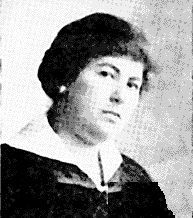


The androgynous, dumpy, and bull dyke looking Mrs. Leo Frank, idealized in every Jewsmedia Leo Frank film as thin and beautiful
This miniseries is just one more example of an uncountable number of Jewish-disseminated disinformation and media propaganda campaigns against European-Americans and everything that is not Jewish. Just like the Jewish created People vs. Leo Frank (2009), this 1987 miniseries also reaches the heights of Jewish insolence and lies, completely twisting the facts unforgivably. Study the Leo Frank case in great detail and then watch this unforgivable and grotesque Jewish-spun miniseries.
The Murder of Mary Phagan, a 1987 two-part TV miniseries made by Orion Pictures Corporation and distributed by National Broadcasting Company (NBC), is a dramatization of the story of Leo Frank, a factory manager charged and convicted with murdering a thirteen-year-old girl, a factory worker named Mary Phagan, in Atlanta, Georgia, in 1913.
The trial was without question sensational and controversial, and as a result, after Frank’s legal appeals had failed, the governor of Georgia in 1915 commuted his death sentence to life imprisonment.
What they don’t tell you in the miniseries is that Governor John M. Slaton joined as a senior partner and became part owner of the law firm representing Leo M. Frank at his capital murder trial, a gross conflict of interest. It meant John M. Slaton had access to the Leo M. Frank legal defense fund treasury that was thought to be quite swollen by June 1915, as the resource gathering and drama was beginning to reach its apogee. Not often mentioned is Leo Frank had his throat slashed on July 17, 1915, by a fellow inmate named William Creen. On the evening of August 16, 1915, Leo Frank was kidnapped from prison and lynched by a small group of prominent men from Marietta on the morning of August 17, 1915.
The film features Jack Lemmon, Kevin Spacey, Rebecca Miller, Charles Dutton, Peter Gallagher, Cynthia Nixon, Dylan Baker, and William H. Macy. Written by Larry McMurtry, produced by George Stevens, Jr., and directed by William “Billy” Hale. The film was shot in Richmond, Virginia. It has a running time of 251 minutes (over four hours), originally broadcast over two evenings. The film won the 1988 Emmy Award for Outstanding Miniseries.
Also see Jewish-biased Wikipedia: http://en.wikipedia.org/wiki/The_Murder_of_Mary_Phagan.
1998
Parade is a musical with a book by Alfred Uhry, music and lyrics by Jason Robert Brown. The musical was first produced on Broadway at the Vivian Beaumont Theater on December 17, 1998. The production was directed by Harold Prince and closed 28 February 1999 after only thirty-nine previews and eighty-four regular performances. It starred Brent Carver as Leo Frank, Carolee Carmello as Lucille Frank, and Christy Carlson Romano as Mary Phagan (Wikipedia, 2011).
The musical won Tony Awards for best book and best score (out of nine nominations) and six Drama Desk Awards. The show has enjoyed a U.S. national tour and numerous professional and amateur productions in both the United States and abroad. The musical has showed renewed interest over the years.
http://en.wikipedia.org/wiki/Parade_%28musical%29
2002
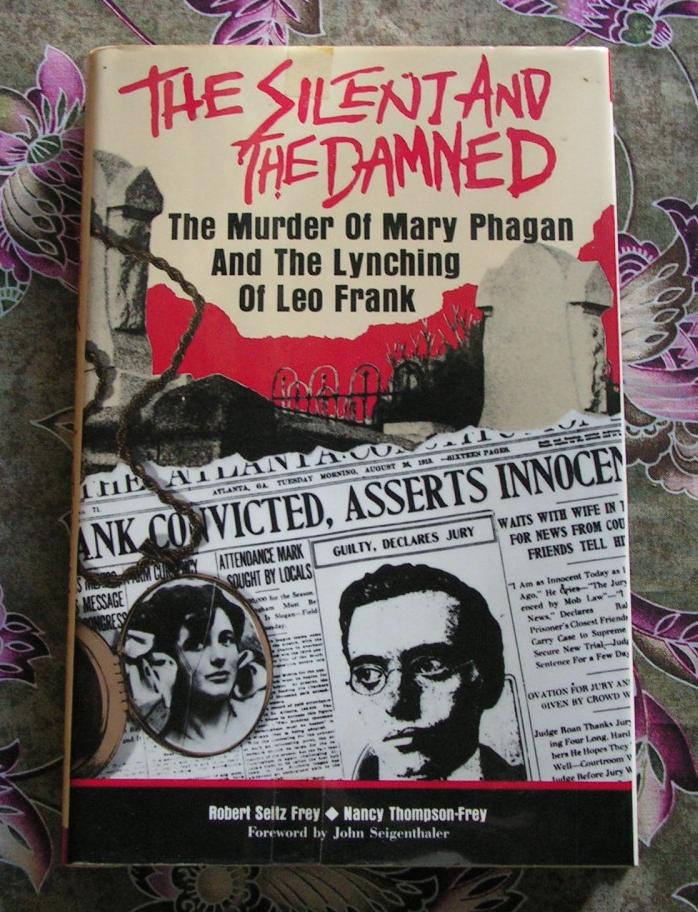
2003
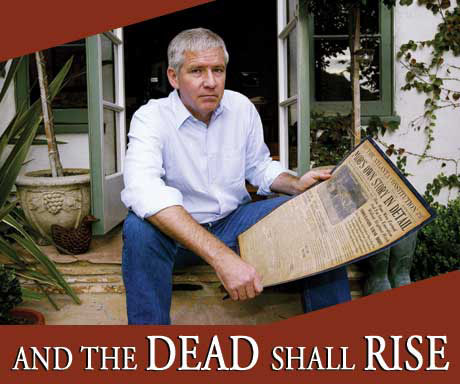
2009
The People v. Leo Frank, 2009, by Ben Loeterman and Steve Oney. A fictionalized docudrama taking the side of Leo Frank as having been framed. The movie makes the suggestion that if Leo Frank had answered the phone in the middle of the night after the murder occurred, the course of his destiny might have been radically different.
Would answering the phone have made him innocent instead of guilty? Or was it that he didn’t answer the phone in the middle of the night, causing him to be suspected and thus he made a convenient scapegoat?
2010
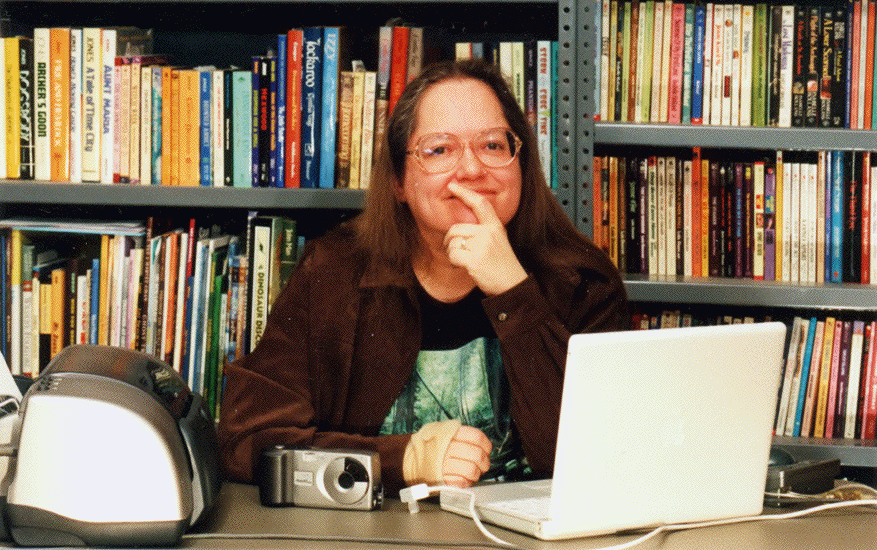
Alphin makes the Leo Frank case easy to read for high school students, and her propaganda book does a pretty good job of proselytizing students on behalf of Leo Frank, except for the curious independent-minded students who do their own research, searching for the truth, reading the primary sources of the Leo M. Frank trial and ultimately determining that her book is wall to wall lies.
Alphin’s book lost credibility early on by suggesting what amounts to the most outlandish and outrageous claim about European-Americans and Southerners. Alphin implied that they would rather convict an “innocent” white man of the Jewish faith than convict a “guilty” black rapist and murderer. Hello? Hello? Hello, is anyone home? Can you actually believe this kind of weird and contradictory racial and racist propaganda against white Southerners is being taught to high school children in this book by Elaine Marie Alphin? Sadly, yes. But this is what it means to take the side of a pedophile and make every effort to romanticize and rehabilitate him.
2011
Possibly the Best Leo Frank Defense
More convincing and better thought out than the work by Leonard Dinnerstein and Steve Oney combined, in terms of trying to convince you Leo Frank was innocent and framed because of anti-Semitism and that Jim (James) Conley was the real murderer, read:
Wrongly Accused, Falsely Convicted, Wantonly Murdered Published in slightly different form in Flagpole Magazine, p. 7 (May 5, 2004). Author: Donald E. Wilkes, Jr., Professor of Law, University of Georgia School of Law. Donald E. Wilkes has a final statement about his work, “Wrongly Accused, Falsely Convicted and Wantonly Murdered,” that based on the trial evidence and on evidence discovered after the trial, I propose now to dispel any lingering doubts about who killed Mary Phagan. Beyond a reasonable doubt, beyond any legitimate doubt whatsoever, Leo Frank was innocent of killing Mary Phagan, and Jim Conley was her murderer.
Source: http://www.law.uga.edu/dwilkes_more/his38_wrongly.html
This is probably the best-argued and most convincing defense of Leo Frank. Kudos to Dr. Donald E. Wilkes. His work is superb against all the other attempts by other Frankite writers that come off as chintzy, halfhearted, hollow, weak, and flabby.
This one deserves 8 out of 10 Stars of David for the defense side of the Leo Frank case, despite its numerous errors.
The Origin of the Leo M. Frank Teeth X-Ray Photos and Mary Phagan Bite Mark Hoax
To Number Our Days, Published in 1964 by Dutch Jew and self-proclaimed Zionist Pierre Van Paasen. Library of Congress Catalog Card Number 64-13633. 404 pages.
To Number Our Days, “Short Stand in Dixieland,” pages 237-238
Line 27: “The Jewish community of Atlanta at that time seemed to live under a cloud. Several years previously one of its members, Leo Frank, had been lynched as he was being transferred from the Fulton Tower Prison in Atlanta to Milledgeville for trial on a charge of having raped and murdered a little girl in his warehouse which stood right opposite the Constitution building. Many Jewish citizens who recalled the lynching were unanimous in assuring me that Frank was innocent of the crime.
“I took reading all the evidence pro and con in the record department at the courthouse. Before long I came upon an envelope containing a sheaf of papers and a number of X-ray photographs showing teeth indentures. The murdered girl had been bitten on the left shoulder and neck before being strangled. But the X-ray photos of the teeth marks on her body did not correspond with Leo Frank’s set of teeth of which several photos were included. If those photos had been published at the time of the murder, as they should have been, the lynching would probably not have taken place.
“Though, as I said, the man died several years before, it was too late, I thought, to rehabilitate his memory and perhaps restore the good name of his family. I showed Clark Howell the evidence establishing Frank’s innocence and asked permission to run a series of articles dealing with the case and especially with the evidence just uncovered. Mr. Howell immediately concurred, but the most prominent Jewish lawyer in the city, Mr. Harry Alexander, whom I consulted with a view to have him present the evidence to the grand jury, demurred. He said Frank had not even been tried. Hence no new trial could be requested. Moreover, the Jewish community in its entirety still felt nervous about the incident. If I wrote the articles old resentments might be stirred up and, who knows some of the unknown lynchers might recognize themselves as participants in my description of the lynching. It was better, Mr. Alexander thought, to leave sleeping lions alone. Some local rabbis were drawn into the discussion and they actually pleaded with Clark Howell to stop me from reviving interest in the Frank case as this was bound to have evil repercussions on the Jewish community.
“That someone had blabbed out of school became quite evident when I received a printed warning saying: “Lay off the Frank case if you want to keep healthy.” The unsigned warning was reinforced one night, or rather, early one morning when I was driving home. A large automobile drove up alongside of me and forced me into the track of a fast-moving streetcar coming from the opposite direction. My car was demolished, but I escaped without a scratch…. ”
To Number Our Days, Published in 1964 by Pierre Van Paasen. Library of Congress Catalog Card Number 64-13633. 404 pages.
The claims of Pierre Van Paasen do not even stand up to minimal scrutiny!
Thank You for Spending Time on the Leo Frank Library and Archive:
Please visit, explore and bookmark www.LeoFrank.org and if you know of any other important Leo Frank defense documents not yet published on Leo Frank Library Archive website please contact the Librarian Curator through the online contact form.
-71311